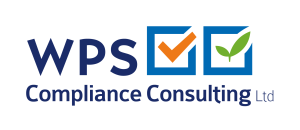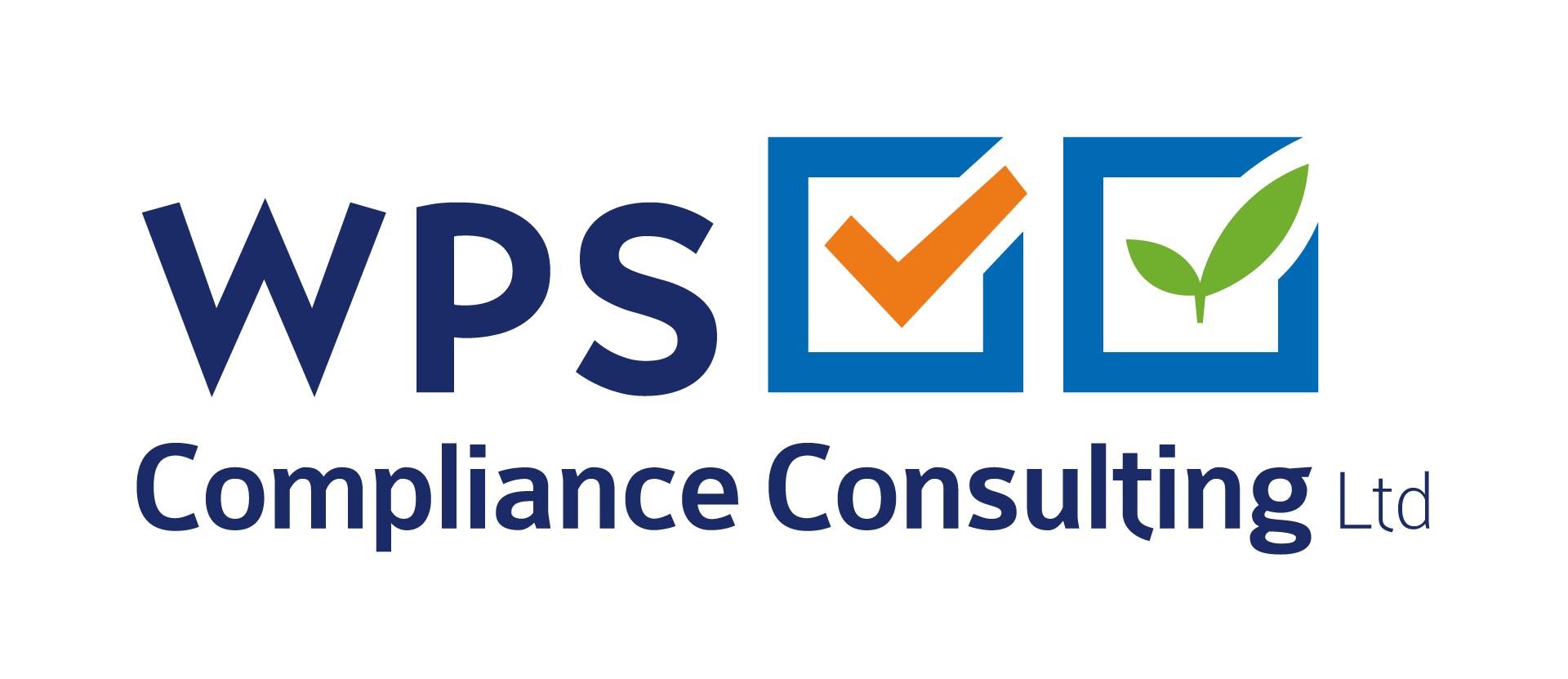How Pre-Demolition Audits Contribute to BREEAM Ratings
Pre-demolition audits have become an essential part of sustainable construction practices, helping developers, contractors, and stakeholders make informed decisions about material reuse, waste management, and environmental impact. While demolition contractors have historically considered material recovery as part of pricing their jobs, the growing emphasis on sustainability has formalized this process.
The increased focus on environmental responsibility across the construction industry—from designers to demolition contractors and clients—has elevated the importance of pre-demolition audits. These audits not only support sustainable project planning but also enhance the credibility of tenders by providing valuable sustainability insights.
Although not yet mandatory for all projects, pre-demolition audits are gaining traction as businesses embrace the principles of the circular economy. They are already a key component of BREEAM (Building Research Establishment Environmental Assessment Method) and can significantly contribute to achieving sustainability certification credits. The audits are also recognized within the London Plan, which requires Circular Economy Statements for large developments referred to the Greater London Authority.
For projects targeting BREEAM certification, pre-demolition audits offer several advantages:
- Earn Up to 4 BREEAM Wst 01 Construction Waste Management Credits – Maximizing material recovery and minimizing landfill waste contributes to higher sustainability ratings.
- Optimize the Site Waste Management Plan (SWMP) – Informed decision-making on material reuse and recycling improves efficiency.
- Enhance Resource Efficiency – Ensuring best practices in material recovery reduces environmental impact and project costs.
- Strengthen Sustainability Commitments – Demonstrating circular economy principles enhances project credibility and stakeholder confidence.
The Role of Pre-Demolition Audits in Achieving Sustainability Targets
For the construction industry, pre-demolition audits are more than just a compliance exercise; they represent a fundamental shift towards sustainable material management. By prioritizing material reuse and recovery, audits help:
- Reduce landfill waste and cut disposal costs.
- Lower demand for virgin raw materials, conserving natural resources.
- Reduce carbon footprints by minimizing waste-related emissions.
- Position developers as sustainability leaders, appealing to environmentally conscious investors and clients.
A well-executed pre-demolition audit provides a roadmap for sustainable construction and typically includes:
- Materials Inventory – A comprehensive breakdown of all materials, assessing their potential for reuse or recycling.
- Reuse and Recycling Plan – Strategic recommendations for salvaging materials and identifying appropriate recycling facilities.
- Environmental Impact Assessment – A detailed report quantifying waste diverted from landfill, carbon emissions saved, and resource conservation.
- Compliance Evidence – Documentation aligning with BREEAM, the GLA’s Circular Economy Statement, and other regulatory frameworks.
Common Challenges and How to Overcome Them
Despite the benefits, pre-demolition audits come with challenges. Addressing these proactively ensures a smooth process and maximizes sustainability outcomes.
- Limited Access to Accurate Building Data
- Challenge: Older buildings may lack complete records, missing blueprints, or undocumented renovations.
- Solution: Conduct thorough on-site surveys with experienced auditors, use non-invasive scanning technologies like ground-penetrating radar, and consult past owners or tenants for insights.
- Presence of Hazardous Materials
- Challenge: Materials such as asbestos, lead paint, and PCBs require specialized handling and disposal.
- Solution: Schedule early hazardous material assessments, engage certified waste specialists, and comply with health and safety regulations to ensure safe disposal.
- Tight Project Timelines
- Challenge: Short project deadlines can lead to rushed audits, risking material mismanagement.
- Solution: Integrate audits into project planning from the outset, allocate adequate time, and leverage digital tools for efficient data collection and reporting.
- Inconsistent Regulatory Compliance
- Challenge: Regulations vary by region, leading to potential compliance risks and financial penalties.
- Solution: Stay updated on local, national, and international waste regulations, consult legal experts, and maintain thorough documentation.
- Difficulty in Identifying Recyclable and Reusable Materials
- Challenge: Some materials are difficult to classify for reuse or may lack local recycling options.
- Solution: Use material classification databases, partner with local recycling organizations, and consider deconstruction instead of traditional demolition to increase salvageable materials.
- Contractor and Stakeholder Coordination
- Challenge: Differing priorities among project stakeholders can cause delays and inefficiencies.
- Solution: Establish clear communication channels, align sustainability goals early, and integrate audit findings into the demolition and waste management strategy.
- High Costs and Budget Constraints
- Challenge: Conducting comprehensive audits and implementing sustainable practices can be expensive.
- Solution: Seek government incentives, explore cost-saving opportunities through material resale, and integrate circular economy principles to offset costs.
Conclusion
Pre-demolition audits are becoming an industry best practice, driven by sustainability goals and regulatory requirements. By conducting audits early in the process, developers and contractors can maximize material recovery, improve project efficiency, and contribute to a circular economy.
For those seeking BREEAM certification or aiming to enhance their sustainability profile, these audits are invaluable. They not only help secure credits and demonstrate commitment to environmental responsibility but also offer long-term financial and reputational benefits.



